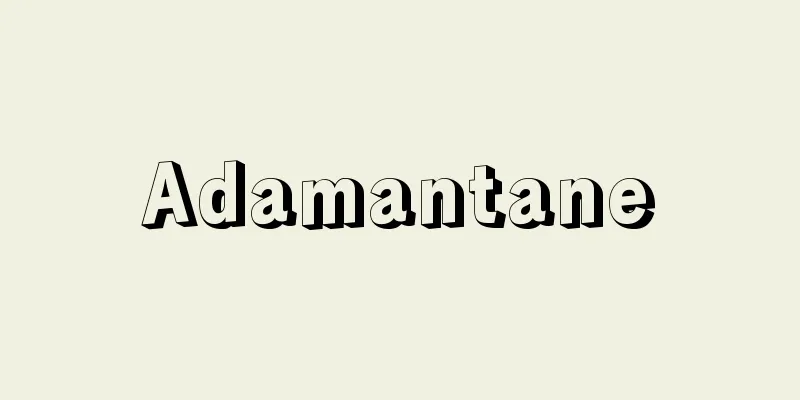Solidification

|
(1) The change of a substance from a liquid or gaseous state to a solid state; it is the reverse phenomenon of melting. Freezing from a gaseous state is sometimes called sublimation. When a molten liquid is cooled at constant pressure and solidifies, the temperature remains constant throughout. This temperature is called the freezing point, and for a pure substance, it corresponds to the temperature at which melting begins, i.e., the melting point. Under constant pressure, each pure substance has a specific freezing temperature. As is well known from freezing-point depression measurements, when a liquid is cooled, the temperature may temporarily drop below the freezing point as it begins to solidify, a phenomenon known as supercooling. Heat of solidification The amount of heat released when a substance solidifies is called the heat of solidification. The value of the heat of solidification is equal to the value of the heat of fusion, but has the opposite sign, and is also a characteristic constant for pure substances. In chemistry, the heat of solidification is often called the heat of fusion even if it is measured using the cooling method. In general, the freezing point increases when pressure is increased, but the freezing point decreases for substances such as water, whose volume increases when solidifying. Some amorphous substances such as glass and some polymeric substances do not show a clear freezing point (this is called softening and is distinguished from solidification). In particular, liquid crystals and the like show gradual freezing and melting phenomena, which are attracting attention from both theoretical and applied standpoints.
[Toshihisa Yoshida] [References] | | | | | | | | | | |©Shogakukan "> Cooling curve of a material Source: Shogakukan Encyclopedia Nipponica About Encyclopedia Nipponica Information | Legend |
|
(1)物質が液体あるいは気体状態から固体状態に変化することで、融解の逆の現象である。気体状態からの凝固は昇華ということもある。融解している液体が一定圧力で冷却されて凝固するとき、始まりから終わりまで温度が一定に保たれる。この温度は凝固点とよばれ、純物質では融解の始まる温度すなわち融点と一致する。一定圧力のもとでは純物質はそれぞれ特定の凝固温度を示す。凝固点降下測定でよく知られるように、液体を冷却する際、凝固を始めるときに温度が一時的に凝固点より低下して過冷却の現象を示すことがある。 凝固熱 ガラスのような無定形物質とか、ある種の高分子物質では、明確な凝固点を示さないものもある(これは軟化といって凝固とは区別される)。とくに液晶などでは段階的な凝固、融解現象もみられ、理論、応用の両面から注目されている。
[吉田俊久] [参照項目] | | | | | | | | | | |©Shogakukan"> 物質の冷却曲線 出典 小学館 日本大百科全書(ニッポニカ)日本大百科全書(ニッポニカ)について 情報 | 凡例 |
Recommend
Auckland [island] - Auckland
...area: 612 km2. The main island is Auckland Isl...
Indigenismo
A movement for the protection and restoration of i...
Fasting - Danjiki
Fasting means abstaining from all or a specific t...
makhzan
…The fundugs, which were common in the Mediterran...
Alexandra
…64 (or 46) plays and a treatise entitled “Comedy...
Bishkek (English spelling)
The capital of Kyrgyzstan. Pishpek until 1926, Fru...
Satoko Kawase
Born: September 3, 1873 in Kumamoto [Died] August ...
Ahmad Shah Durrani
1722‐72 Founder of the Durrani dynasty (1747-1842)...
Tone River
It is a large river that originates in Higashikoz...
Kirishima volcanic belt
This volcanic belt stretches from Mount Aso in Ky...
Michiko Kanba
1937-1960 A student activist in the late Showa pe...
Minobu [town] - Minobu
A town in Minamikoma District in southwest Yamanas...
Nakamura Kichizo
Playwright, novelist, and theater researcher. Bor...
Prince Oshisakahikohito - Prince Oshisakahikohito
Year of birth: Unknown A powerful member of the ro...
Gliding - gliding
When an airplane or glider descends at a gentle an...









